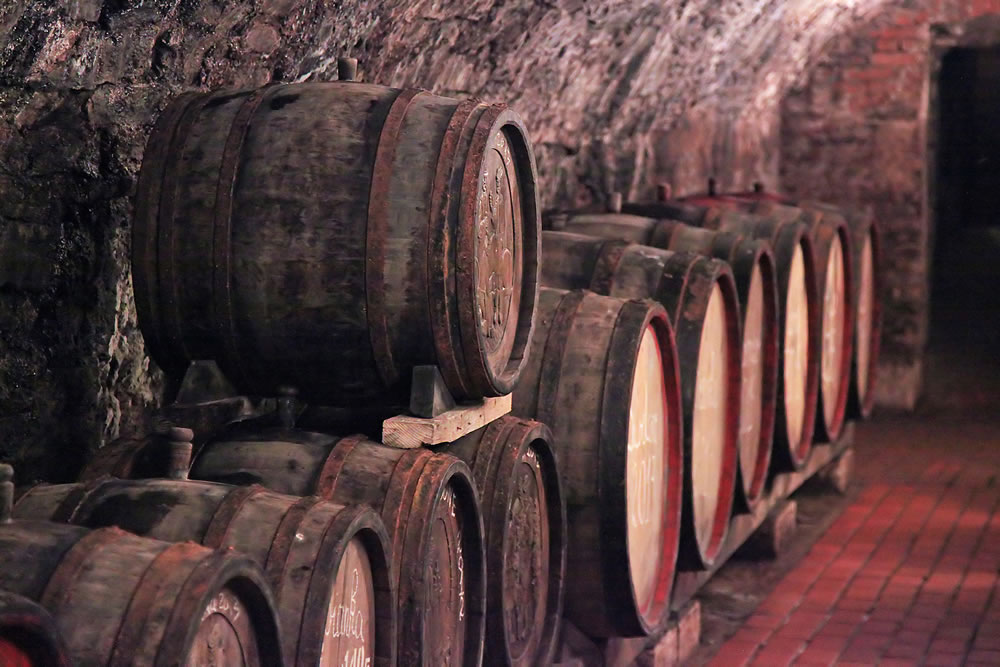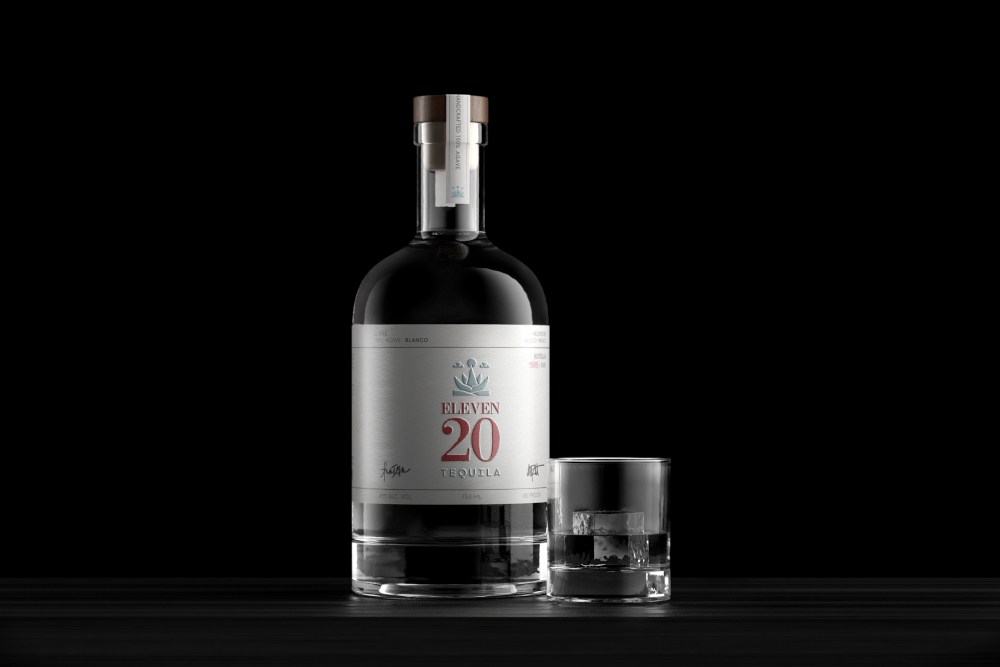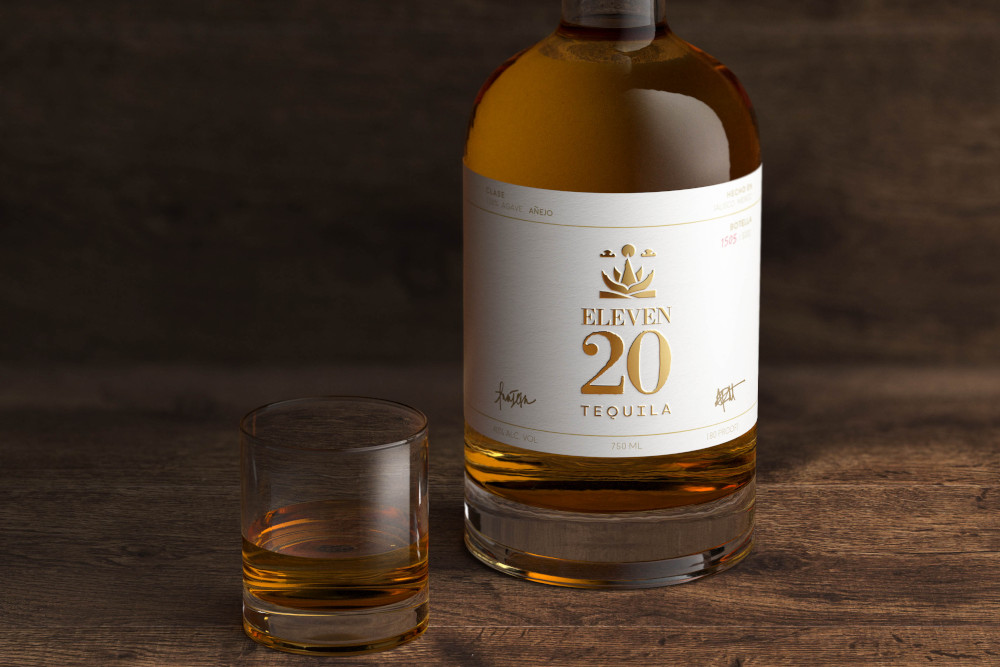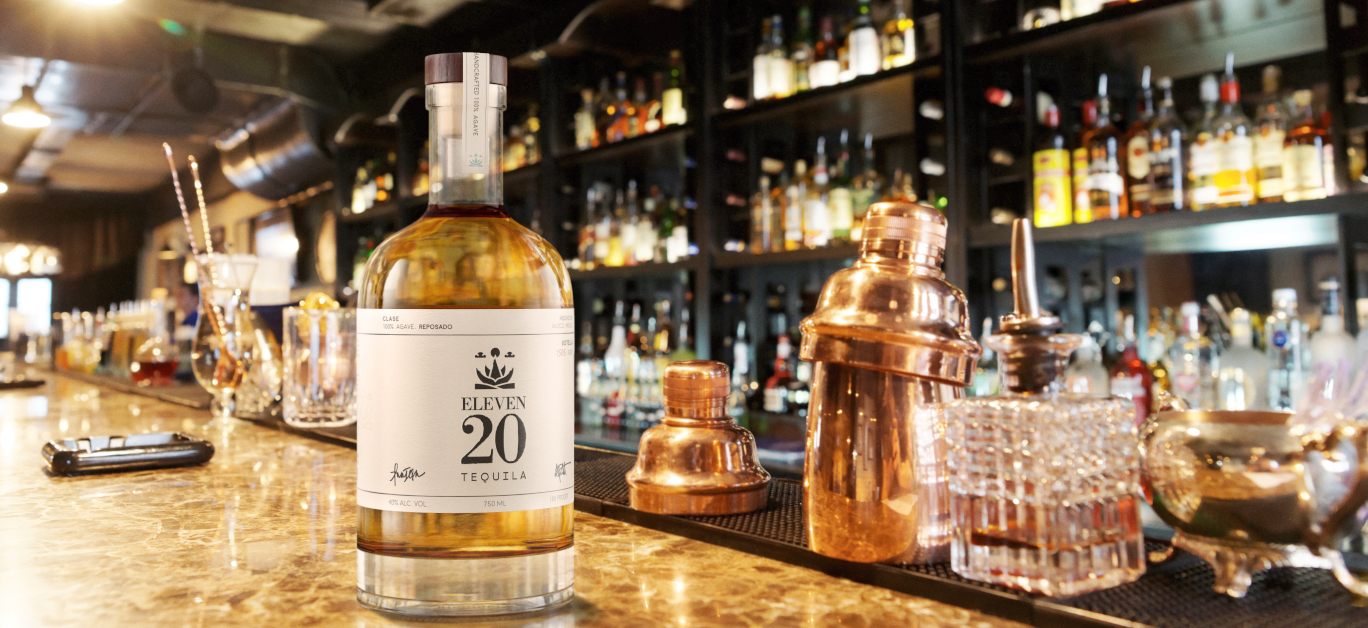Words by Alec and Ana Tesa, co-founders of Eleven20 Tequila
Part of making craft tequila is creating spirits with a wide range of flavor profiles. After all, craft tequila often comes at a premium price — and consumers expect premium quality and taste. In addition to using the highest quality raw ingredients, tequila producers can create a unique flavor profile for their spirits through many natural means that can have a profound effect on the taste of the final product.
Why the aging barrel affects the flavor of a tequila
Those who are not liquor aficionados might be surprised to learn that the barrel in which tequila is aged has a profound effect on its taste. As tequila ages in a barrel, it begins to absorb some of the flavors of the wood and take on its characteristics. Think about it — if you leave water in a metal bottle for a few hours or days, it can start to taste faintly metallic. Now, imagine it staying in that container for several months or years — it would taste completely different. The concept of tequila (or another liquor) reflecting the taste of its container works in a similar way.

However, while the water bottle in this example would leave an unfavorable taste, the barrels in which tequila is aged will leave a positive, much smoother, and richer taste. To achieve this effect, tequileros age tequilas in barrels made from various kinds of wood with desirable characteristics to impart to the tequila.
Types of barrels used in tequila making
The most common wood used in barrels for tequila aging is oak, which has many characteristics that lend a tequila a wonderful, smooth taste. Oak barrels provide a liquor with flavors such as vanilla, caramel, and spice, while also allowing the tequila to breathe and develop complexity.
Bourbon barrels are a specific type of oak barrel made from charred American oak, earning their name from the fact that this is the type of barrel used to age all bourbons. During aging, bourbon barrels can impart to the tequila distinct flavors like char, smoke, and sweetness, which can be favorable to the final product.
Finally, wine barrels are the types of wooden barrels used to age wine. Especially if the barrel has previously been used for aging red wine, these barrels can add fruity or tannic notes to a tequila — a great foundation for a unique specialty tequila.

How aging time affects the flavor of tequila
It isn’t just the barrel itself that determines the flavor profile gained during the aging process, though. The time it ages in the barrel will determine how much of that flavor it absorbs. The general rule of thumb is that the longer the tequila is aged, the more prevalent the notes from the barrel will taste.
For example, tequilas labeled “blanco” or “silver” are typically not aged at all — if they are, it is typically only for a very short period — meaning these tequilas will have a much fresher, more agave-forward taste. For those looking for a more classic, simple tequila flavor, this is the way to go.
The next youngest tequila is known as a “reposado,” which is generally aged for a minimum of two months but less than a year. During this aging period, the tequila will pick up some light characteristics from the oak barrel, which will give it a smoother and more mellow flavor compared to a blanco or silver.
Tequilas aged for one to three years are known as “añejos,” and this is where consumers will begin to notice the more pronounced notes of the barrel. The extended period allows the barrel to impart richer, deeper flavors with prominent oak influence, such as caramel, chocolate, and toasted notes.

Finally, tequilas aged for over three years are known as “extra añejo” and have the most complex, refined, and intense flavor profiles. These tequilas boast an oak character so profound that their flavor will begin to resemble aged spirits such as whiskey or cognac.
Finding a more flavourful aged tequila
However, the wood itself and the length of aging are far from the only factors that determine the final flavor of tequila. Anything from the previous contents of the barrel to barrel size, and even environmental conditions can all contribute to the final flavor outcome.
For tequila connoisseurs looking to experiment with a more rich, flavorful tequila, consider trying a tequila, such as a reposado or an añejo — and for the more adventurous, extra añejo — that has been barrel-aged. These tequilas will offer much more unique flavor profiles, and who knows? You might just find your new favorite beverage.






















